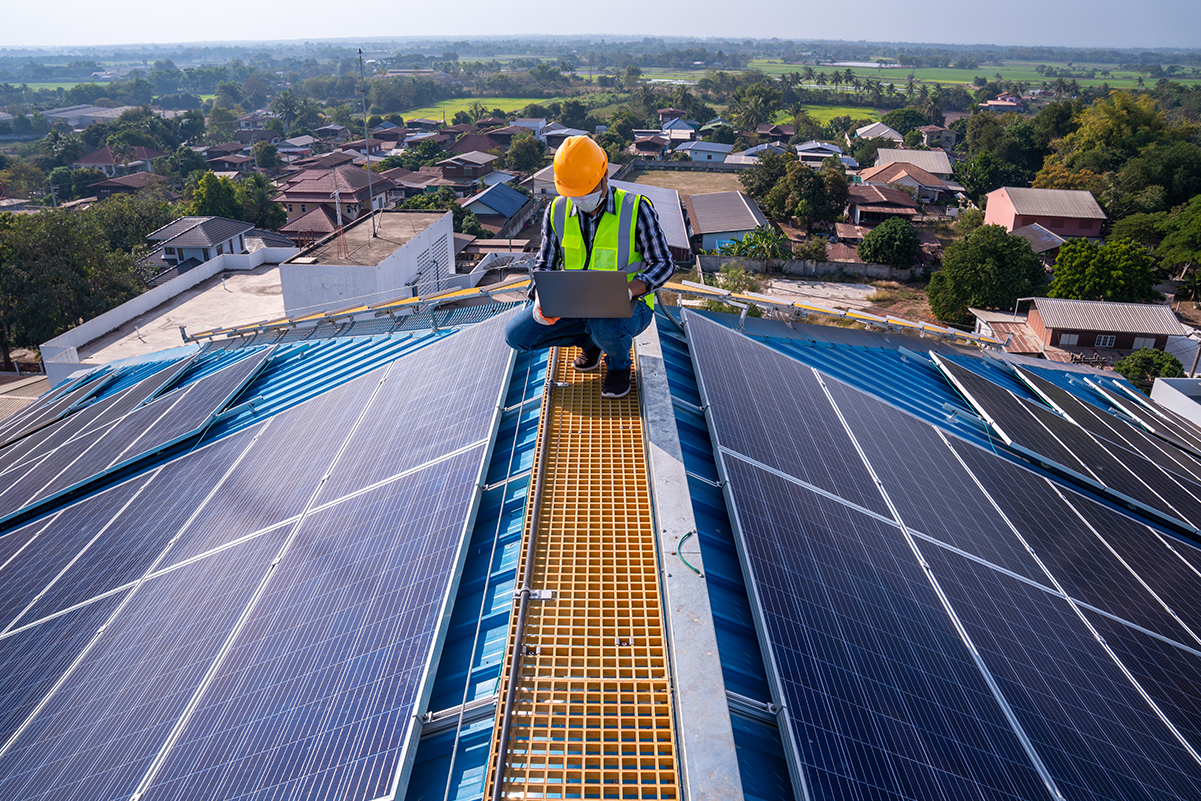As solar adoption continues to rise in the residential sector, commercial applications see a decline. We have taken the time to research industry trends and projections. Let’s shine some light on what we know and what the industry seems to be cycling toward in the coming year such as the expansion of access to solar and lending terms, a shift in consumer mindset, and what other opportunities our lending partners have to look forward to.
Expanding Access through Lending Terms and Technology
With leading solar lending providers like Sunlight Financial launching products that reflect home loan terms, the industry looks to change the way a consumer thinks about solar, and the investment being made. Positioning a system as an asset, part of the home purchasing process, leads to lower monthly payments and a potential for breaking down barriers for both consumers and lenders. As Matt Potere, CEO of Sunlight Financial states that the launch of longer term, and specifically 30-year solar loan products:
“…will reduce monthly payments, facilitating homeowners’ transition to clean and affordable renewable energy.”
This, paired with continuing advancements in solar installation processes and technology, look to bring renewable energy to as many residential and commercial properties as possible, leading to revenue opportunities, year over year.
Shifting Consumer Values Increases Adoption and Acceptance
Assuming that your consumer and borrower, whether residential or commercial, are aware of the benefits of solar, there are still prolific misconceptions that surround the industry and create barriers. Entire companies have been created, and government studies performed, in order to fight these misconceptions to a level of success. These initiatives continue to impact the increase in solar adoption overall, but in residential installs specifically. Consulting firm, Guidehouse offers an interesting strategy for continuing residential adoption:
“…one option is to have real estate developers introduce solar energy as the default and allow consumers to opt-out in favor of some alternative. Behavioral economics has established that people are much more likely to stick to the default option.”
Strength in Residential with Growth Opportunities in Commercial
Looking at the solar installation and lending market as a whole, this year has seen record-breaking numbers for both residential and commercial verticals. SEIA reports a massive uptick in residential installations:
“Residential solar had its largest quarter in history with 1.2 GWdc installed, a 30% increase over Q1 2021 and a 5% increase over Q4 2021, demonstrating the robust strength of the residential segment.”
On the other hand, with the same reporting criteria, supply chain issues and other market blockers seem to have impacted the commercial sector in the opposite direction:
“Commercial solar installed 317 MWdc, down 11% year-over-year and down 28% quarter-over-quarter.”
These numbers lead us toward opportunities in both areas; to capitalize on the energy in the residential market, and to keep innovating in the lending space to increase adoption in the commercial sector.
While we keep an eye on what’s coming next to encourage forward movement in solar installation and lending, the loan origination software experts at FNI provide ongoing insights and, of course, high-level lending software and service to our loan origination platform partners. If you’re ready for direct access to decision strategy management and more, talk to a loan origination expert.
< Back to All Resources
